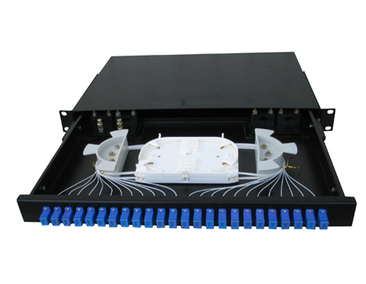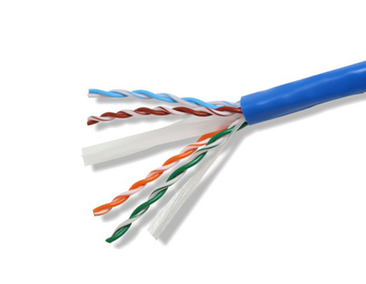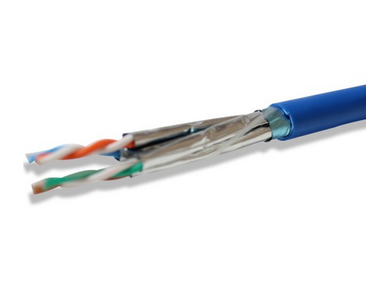
Let’s look at what’s happening to global IP networks as a whole.
By 2019, global IP traffic will surpass two Zettabytes annually. That means that in one year, the amount of IP traffic that travels over IP networks will be double the amount that has traversed the internet since its creation.
It is also anticipated that by 2019, there will be more than three IP devices for every person on earth. That equates to approximately 24 billion IP devices, most of which will require a unique IP address so that they can be located and identified on an IP network.
On the internet, IP traffic is transmitted via network packets, which are like envelopes that contain the voice, data, or video traffic traveling over the IP network. When a network packet is sent from one IP device to another, the device is assigned a unique IP address to define its exact identity and location.
This is where the address protocols, IPv4 and IPv6 (Internet Protocol Version 4 and Version 6) come in.
IPv4 was deployed in 1981 by the Internet Engineering Task Force (IETF). IPv4 addresses are based on 32-bit identifiers, which can be used in 232 unique combinations, to create 4,294,967,296 unique IP addresses. 4.3 billion is a very limiting number, considering the fact that there will be more than 24 billion IP devices connected by 2019.
It is easy to see why a new address protocol (IPv6) was needed. (IPv5 was mostly experimental, which is why the protocol skips from v4 to v6.) In terms of the number of possible addresses, IPv6 is a game-changer.
It employs a 128-bit address system, which means that the number of unique IP addresses that can be created is now 340 trillion-trillion-trillion, also known as 340 undecillion.



